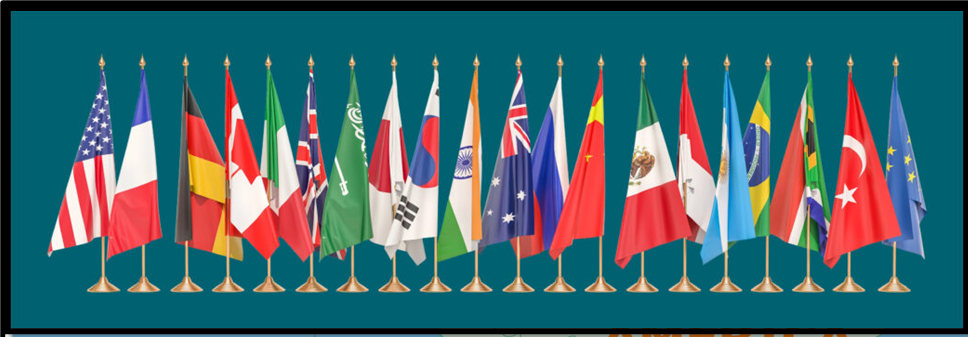“SHIFTING DYNAMICS IN ASIA”
Syllabus:
- GS-2-India and its foreign policy, Relations with global powers
Focus :
Important political and military markers are being laid down by US and China in Asia. Delhi will have an important role to play.
Source- UN
Introduction:
- Recent summits between US President Joe Biden and the leaders of Japan and the Philippines signal significant developments in Asian geopolitics.
- Potential implications of these summits on the region’s political and military landscape.
- India’s role and its evolving strategic partnership with the US amid tensions with China.
Japan’s Transformation:
- Transition from a passive and pacifist nation to a potential military powerhouse in Asia.
- Agreements signed to integrate military command structures with the US.
- Commitment to enhance defence capabilities and joint efforts to deter Chinese military coercion.
- Participation in trilateral efforts with the US and the Philippines to defend territorial sovereignty in the South China Sea.
US-Philippines Cooperation:
- Collaboration to counter Chinese pressure on the Philippines in the South China Sea.
- Economic cooperation, especially in infrastructure development, as an alternative to Chinese initiatives like the Belt and Road Initiative.
China’s Response:
- Warning against “bloc politics” and attempts to create a “mini Nato” in Asia.
- Efforts to counter American influence by hosting diplomatic meetings and engaging with regional leaders.
- Determination to prevent economic decoupling from China and the formation of a countervailing coalition in the region.
India’s Perspective:
- Delhi’s cautious approach towards China amid border tensions and its strategic partnership with the US.
- Need for progress on restoring peace and tranquillity along the border before considering a political reset with China.
| India’s Foreign Policy :
1. Non-alignment: India’s foreign policy is rooted in the principle of non-alignment, which was articulated by India’s first Prime Minister, Jawaharlal Nehru, during the Cold War era. Non-alignment meant maintaining independence from the two superpower blocs led by the United States and the Soviet Union, while advocating for peace, disarmament, and sovereignty for all nations. 2. Strategic Autonomy: India seeks to maintain strategic autonomy in its foreign policy decisions, avoiding alignment with any single power bloc or country. 3. Multi-alignment: In recent years, India has adopted a strategy of multi-alignment, which involves building strategic partnerships and alliances with a diverse range of countries across the globe. This includes traditional allies such as Russia and newer partners like the United States, Japan, and Israel. By diversifying its diplomatic relationships, India aims to enhance its economic growth, security, and influence on the world stage. 4. Neighborhood First Policy: India places significant emphasis on strengthening its ties with neighboring countries through its Neighborhood First Policy. This policy seeks to promote stability, economic cooperation, and people-to-people exchanges within South Asia and the Indian Ocean region. India’s efforts include initiatives such as the “Act East” policy to enhance connectivity and trade with Southeast Asian nations. |
Implications and Future Outlook:
- Potential implications of the evolving dynamics in Asia on regional stability and global geopolitics.
- Possibility of increased tensions or diplomatic resolutions in the region.
- Importance of maintaining dialogue and cooperation among regional powers to address common challenges.
Source:Indian Express
Mains Practice Question :
GS-3
“Discuss the recent shifts in Asian geopolitics resulting from the US-led summits with Japan and the Philippines, and China’s response to these developments. Analyze the implications of these dynamics on regional stability and India’s strategic calculus in the Indo-Pacific.” (250 words)




